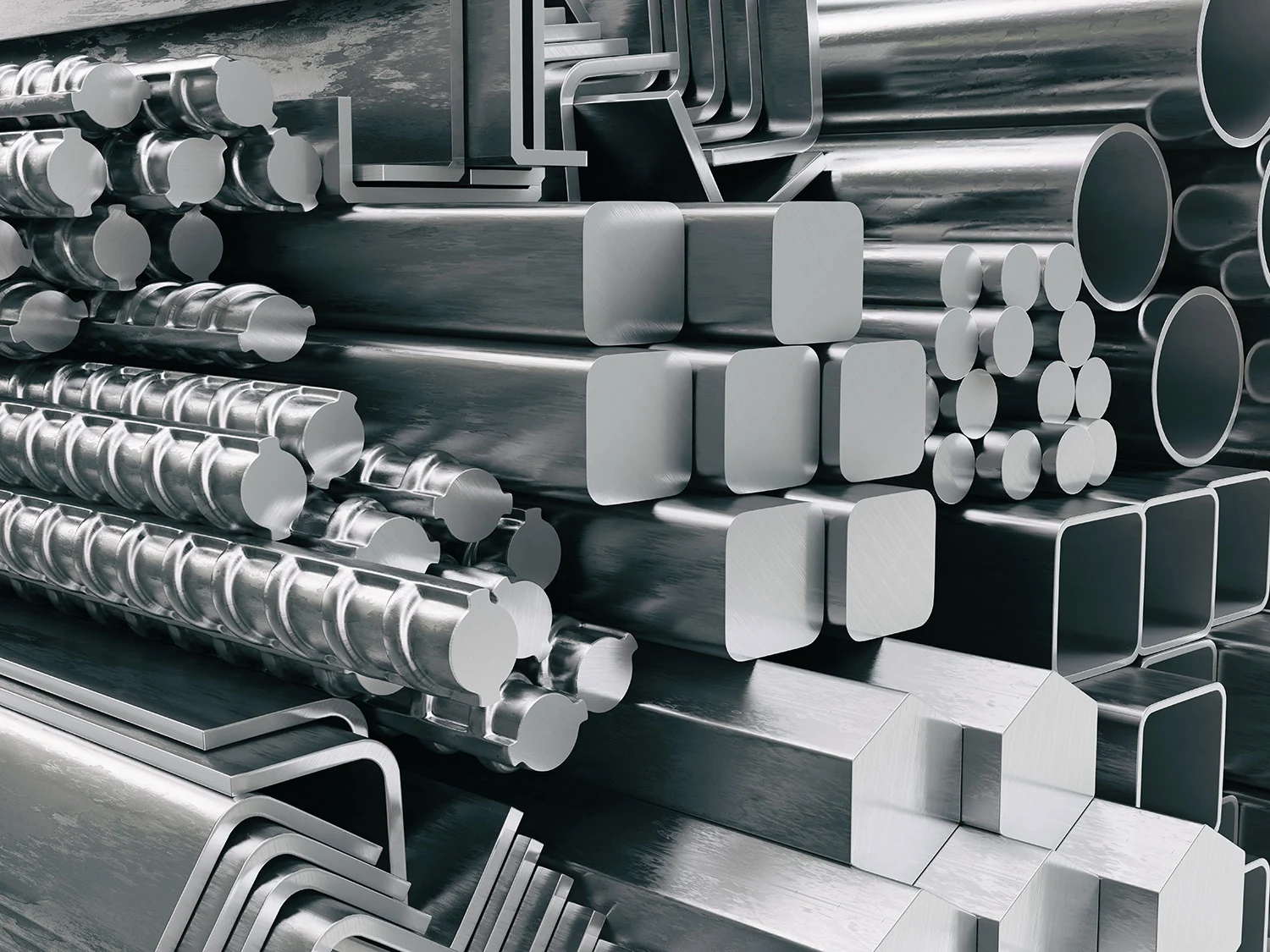Overview of Medium and Heavy Plate
Medium and heavy plate is a type of flat steel with a large width-to-thickness ratio and surface area, widely used in various industrial sectors. Its thickness range typically falls between 4.5mm and 25mm, making it a commonly used plate with a thickness significantly smaller than its planar dimensions.
Definition
Medium and heavy plate refers to steel plates with a thickness ranging from 4.5mm to 25mm. Plates outside this thickness range are categorized separately: those with a thickness between 25.0mm and 100.0mm are called thick plates, while those exceeding 100.0mm are defined as ultra-thick plates.
Applications
Due to its unique properties and dimensions, medium and heavy plate finds extensive applications in the following areas:
- Construction engineering: Used in constructing various building structures and facilities.
- Machinery manufacturing: Manufacturing various mechanical parts and equipment.
- Container manufacturing: Such as boilers and pressure vessels.
- Shipbuilding: Manufacturing hull structures and components.
- Bridge construction: Used in bridge support and connection structures.
Classification
Medium and heavy plate can be classified based on several criteria in addition to thickness:
- Strength: For example, high-strength steel plates are graded according to the lower limit of tensile strength.
- Chemical composition: Divided into ordinary steel plates and special steel plates, the latter including stainless steel plates and clad steel plates.
- Usage: Such as shipbuilding steel plates, welded structural steel plates, boiler and pressure vessel steel plates, etc.
- Delivery condition: Including rolled steel plates, heat-treated steel plates, and steel plates with shot blasting or coating treatments.
Common Steel Grades
Common steel grades for medium and heavy plate include but are not limited to the following:
- Q235: A commonly used carbon structural steel widely applied in various buildings and mechanical structures.
- Q345: A low-alloy high-strength steel with good comprehensive performance, commonly used in bridges, vehicles, ships, buildings, pressure vessels, etc.
- 20#: A high-quality carbon structural steel with moderate strength and good weldability.
- 16Mn: A commonly used low-alloy high-strength structural steel with good comprehensive performance.
- 304 and 316: Stainless steel grades with excellent corrosion resistance, commonly used in chemical, marine, medical, and other industries.
The specific choice of steel grade depends on the specific application scenario and requirements.




